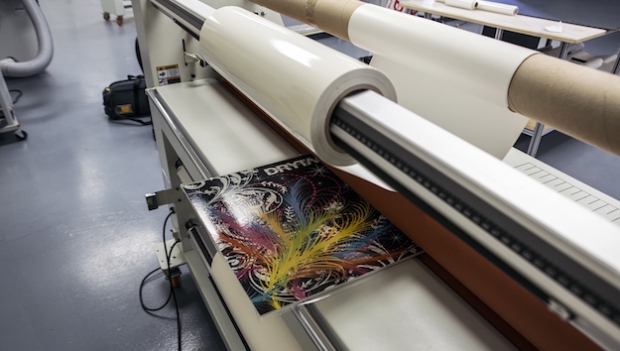however, this date is just a cautious estimate. in other words, it means, a lot of stillsafetoeat food is thrown away. it would be beneficial if smart packaging could &lsquotest&rsquo if the contents are still safe to eat, reducing the food waste drastically. scientists at universitá di catania, eindhoven university of technology, cealiten and stmicroelectronics have developed a circuit which makes this possible. this circuit is nothing but a plastic analog&ndashdigital converter. this invention brings plastic sensor circuits costing not more than just one euro cent within reach. along with the food, these ultralowcost plastic circuits also have various potential uses, such as, pharmaceuticals. the discovery was presented at the isscc in san francisco, which is the world&rsquos most important seminar upon solidstate circuits. businesses and consumers in developed countries discard around 100 kilograms of food per person. the main reason behind this is because the &lsquouse before&rsquo date mentioned on the packaging has expired. that waste is bad for the environment and for consumers&rsquo budgets, as well. a major chunk of this wastage derives from the trouble in calculating how long food will stay in an edible condition. to reduce the threat of selling spoiled food to consumers, manufacturers show a comparatively short shelf life on their packaging. to reduce the food waste, there is a solution for manufacturers. in their packaging, they could include an electronic sensor circuit to check the acidity level of food, for instance. the sensor circuit could be encoded with a scanner or by using your mobile phone to show the freshness and edibility of your steak, or if your frozen food is defrosted. scientist eugenio cantatore of eindhoven university of technology tue mentioned that using standard silicon ics is the only solution that is possible. however, the problem regarding them is their expensiveness. they easily pass the cost of ten cents. this price is too much for one euro bag of crisps. that is why they are now creating electronic devices that are made up of plastic instead of silicon. the benefit is producers can easily include these electronic devices in plastic packaging. furthermore, the plastic semiconductor can even be imprinted on any kind of flexible exteriors, which makes it affordable to use. it also makes sensor circuits pricing less than one euro cent possible. the researchers have successfully managed to create two different plastic adcs analogtodigital converters. each plastic adc converts analog signals, for example, the output value calculated by a sensor, into a digital form. one of these two new devices is the first and foremost printed adc ever made. isabelle chartier is printed electronics business developer at cealiten. isabelle says that this paves the way in the direction of large area sensors on plastic films in an affordable way through printing manufacturing approaches. as highlights of the conference, the isscc rated the papers on these discoveries. the newly developed plastic adcs bring applications in the pharmaceuticals and food industries within reach. a sensor circuit has four components an adc to digitize the signal, the sensor, an amplifier, and a radio transmitter that transfers the signal to a base station. the plastic adc has been the missing link the rest of three mechanisms already exist. cantatore says that, now, as they have all of the pieces, they just need the integration. according to him, it will still require minimum five years before customers can expect to see these innovative devices on the shelves of the supermarket. other likely applications are in manmachine interfaces, pharmaceuticals, and in ambient intelligence systems in transport or in buildings. developing these devices was not at all an easy task. the electrical features of &lsquoordinary transistors&rsquo are greatly predictable, whereas those of plastic transistors vary very much. cantatore explains that all plastic transistors behave in a different way at low temperatures in the lowcost production processes. cantatore further says that makes it much harder to use them in the devices. it requires complex mathematical models to predict their behavior exactly. source of information httporganicconnectmag.comwpnewsmartpackagingcanreducefoodwaste.uuaebebmk4







